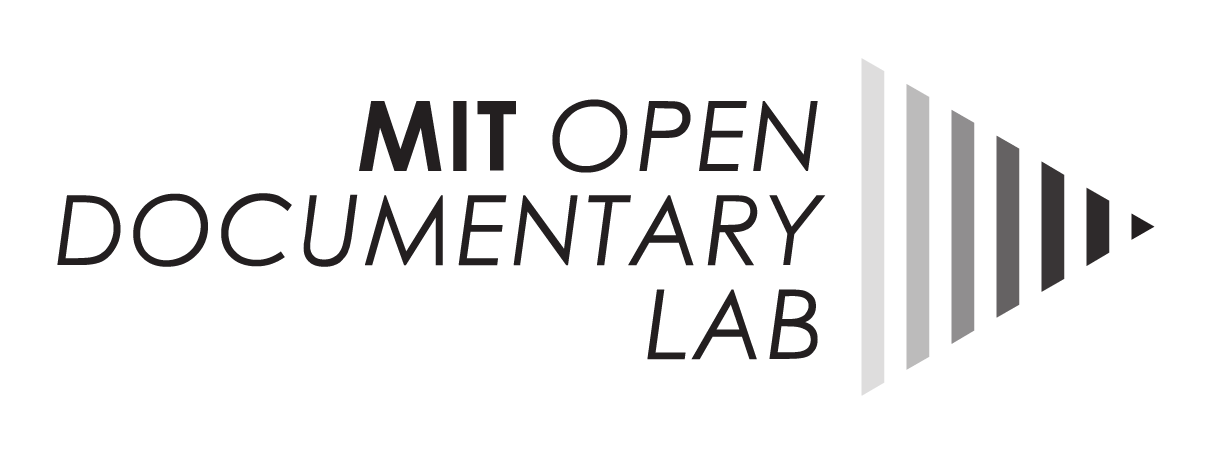
19 Jun Truthiness and Story-telling
Last Saturday, as the Investigative Reporters and Editors Conference, IRE 2012, came to a close, it examined the key question that hounds us all as journalists: “What happens to investigative reporting in an era in which careful reporting and factual accuracy are under relentless pressure from the competition and from the very culture? “ Is the web placing speed ahead of accuracy and voice ahead of truthfulness?
Implicit in this conversation and the framing of the discussion is a binary view of what and who is accurate and factual. There is no denying how the web has been used of late by those who want to spread misinformation – public relations people, activists, who may tweet and retweet fake information in an effort to target influential twitter users and change the frame of a debate. But is all the web one shade – a darker one at that? And is all investigative journalism honest and factual?
Socrates said probing the ‘why’ leads us to understand our world in a more full and fundamental manner. The why, for me, in this discussion is: Why is journalism facing an erosion of credibility. Is it all “generational” or is it a “cultural shift”, as Alex Jones, director of the Shorenstein Center at Harvard Kennedy School asked as he moderated this discussion — ‘Truthiness and Investigative Reporting’.
“Truthiness”, as used and defined by comedian Stephen Colbert, is a truth that a person feels in the gut. Facts, logic or evidence of investigative reporting fail to influence it. In other words, in some cases facts may not outweigh perceptions or beliefs. Clearly, the new consumer is exercising more choices when it comes to some of those beliefs. A 2009 Pew Research Center survey showed how rapidly trust in media had gone down – from 53 percent respondents in 2007 who said they had little trust in media to 63 percent in 2009.
Let’s look inwards for a moment. Truthiness is not limited to our consumers. We, as journalists, are as much subject to truthiness. We do know how difficult it is not to influenced by our mindsets. And what many may not like to admit – also by our sources. Of course, we trust our sources. But there is also a risk of being influenced by a narrow set of facts. Melissa Ludtke, former editor of Nieman reports and executive editor at the Schuster Institute for Investigative Journalism and a panelist, sought to balance the conversation, when she put forth a very relevant point of the context of the facts. Facts alone are not the whole truth. Facts in a context make the truth, Ludtke said.
There is no denying the value of traditional journalism and the ability of investigative journalists to throw light in dark place. Often, it is the commitment, daring and passion of investigative journalists that helps saves many lives and often brings change. But, we also need to acknowledge the limitations of this model. We now live in a world where it is getting ever harder to make our facts penetrate. Here is where, I believe, the power of newer forms of story-telling—the interactive story-telling comes in.
Perhaps, the new consumer wants to participate more. Jones pointed out how disturbing it was that when the Jayson Blair episode happened, readers who knew Blair had not been to the places he wrote about, did not report it as they believed that was the way the media functioned. Perhaps, this old story-telling model no longer serves the new consumer.
The Texas Tribune’s use of interactive data is one very interesting example of telling a story. Its appeal lies in its smart and very detailed presentation of data, from which the reader is free to construct the story. An interactive graphic story in The Texas Tribune tells the story of water by comparing the costs of water across states. Seattle, which has the highest family water bill, also has the least consumption. Fascinating story-telling through data alone.
In this new environment, where so many voices want to take the authority of being the truthful one, one way of dealing with this erosion of credibility could just be this dialogue with the consumers — a more participatory story-telling –which helps rebuild trust.
Kalpana Jain
The writer is a former Nieman fellow and currently a senior fellow at the Schuster Institute for Investigative Journalism at Brandeis University.




